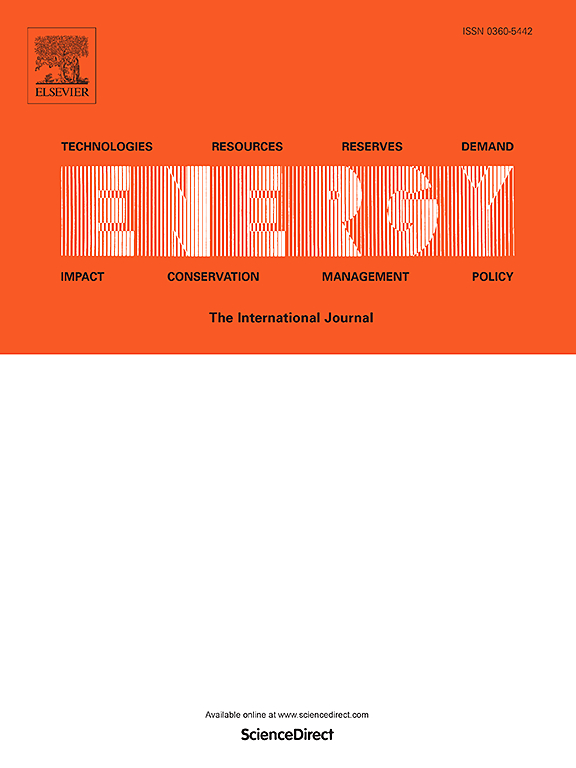Review of the potential and challenges of MOF-based adsorption heat pumps for sustainable cooling and heating in the buildings
IF 9
1区 工程技术
Q1 ENERGY & FUELS
引用次数: 0
Abstract
Heat pumps are regarded as the most suitable means to meet the future demand of heating and cooling in the building, as they require small input of electrical energy and output high thermal energy. Vapor compression heat pump (VCHP) and transcritical-CO2 heat pump are the two major heat pump technologies currently dominating the market. However, VCHP system suffers from its fugitive emission of hydrofluorocarbon (HFC) refrigerants, and transcritical-CO2 system requires high operating pressure (typically 9–13 MPa). For low-to-medium temperature heating and cooling applications thermally driven adsorption heat pump (AHP) provides a better alternative to VCHP and transcritical-CO2 system as AHP uses natural refrigerants and operates at a much lower pressure. But currently available AHP technology has the limitation of low coefficient of performance (COP). Advances in synthesizing metal-organic frameworks (MOF) with high gas adsorption capacity have created an opportunity to address the problem of low COP of current AHP technology. This article reviews the progress made in the past decade in utilizing MOF and conventional adsorbents with different working fluids in AHP technology and compares their performance. The article also summarizes the key challenges for the MOF-based AHP technology and provides the authors’ perspective to address these challenges.
求助全文
约1分钟内获得全文
求助全文
来源期刊

Energy
工程技术-能源与燃料
CiteScore
15.30
自引率
14.40%
发文量
0
审稿时长
14.2 weeks
期刊介绍:
Energy is a multidisciplinary, international journal that publishes research and analysis in the field of energy engineering. Our aim is to become a leading peer-reviewed platform and a trusted source of information for energy-related topics.
The journal covers a range of areas including mechanical engineering, thermal sciences, and energy analysis. We are particularly interested in research on energy modelling, prediction, integrated energy systems, planning, and management.
Additionally, we welcome papers on energy conservation, efficiency, biomass and bioenergy, renewable energy, electricity supply and demand, energy storage, buildings, and economic and policy issues. These topics should align with our broader multidisciplinary focus.
 求助内容:
求助内容: 应助结果提醒方式:
应助结果提醒方式:


